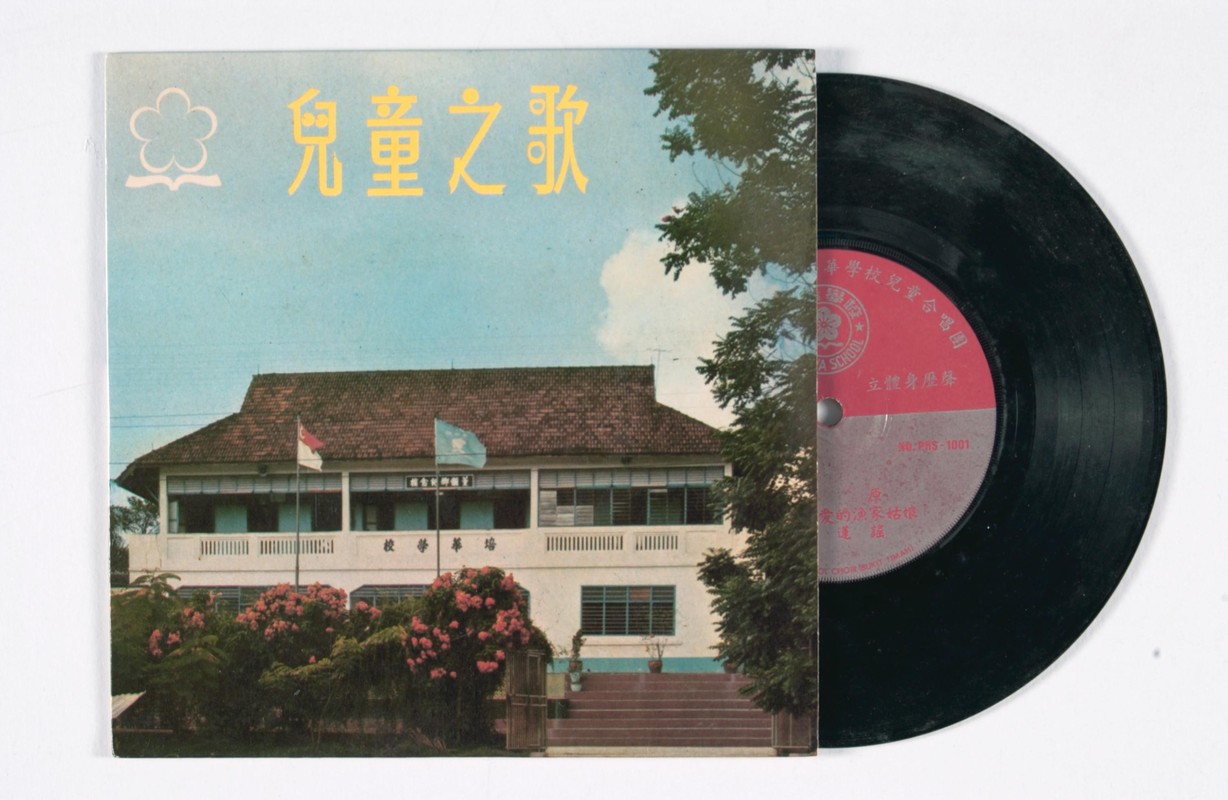新加坡华族方言
除了华语外,新加坡华人社会还通行多种方言。方言是某一共同语言的地方变体。华人所说的各种方言,就是汉民族的共同语——汉语,在各个地区形成的有差异的变体。
新加坡华人的方言纷繁复杂,以五大方言(福建、潮州、广东、客家、海南)为主,还包括了兴化话(莆仙话)、上海话等其他方言。早年时期,南来的华人依地缘、籍贯而群居在一起,形成各种地方社群,方言也就在各个社群里通行。有人指出,“从一开始,华人就不是一个统一整体。方言的使用以及生活和工作聚居区使得华社彼此分离。”1例如,来自闽南的福建人,惯用福建话;来自广东东部的潮州人,使用潮州话;来自珠江三角洲一带的广府人,通用广东话,因此,有社会学者总结这种现象为“方言群分类法则”。2

20世纪70年代末之前,民众的日常用语是方言,就连官方的电台、电视台等媒体也多有方言制作的节目。例如,丽的呼声电台的方言讲古、电视台购买的香港连续剧等,都大受欢迎。
新加坡华族方言的前世今生
根据多年人口普查的数据,我们可以追寻各个方言人口比例(表一)。早期,属于不同方言群的华人,虽然文化传统相同,但是彼此言语上不完全能有效沟通,风俗习惯亦有相异之处,因而形成较强的方言群认同意识。
而1979年推广华语运动之后,方言在广播和电视的应用受到限制,加上双语政策的影响,逐渐式微。社会上方言群的认同意识随之开始淡化,方言变成主要在老一代人之间通用,年轻一代则缺乏有力学习方言的环境。不过,1980年之后的人口普查,还是依样画葫芦,遵照传统的做法,列出方言群的人口数据,其实,这些数据并不代表都能够讲该方言了。
表一:1881年至2020年的华族方言群人口比例(%)
| 方言群 | 1881年 | 1931年 | 1947年 | 1957年 | 1970年 | 1980年 | 2010年 | 2020年 |
| 福建 | 28.8 | 43 | 39.6 | 40.6 | 42.2 | 43.1 | 40.0 | 39.3 |
| 潮州 | 26.1 | 19.7 | 21.6 | 22.5 | 22.4 | 22.0 | 20.1 | 19.4 |
| 广府 | 17.1 | 22.5 | 21.6 | 18.9 | 17 | 16.5 | 14.6 | 14.3 |
| 海南 | 9.6 | 4.7 | 7.1 | 7.2 | 7.3 | 7.1 | 6.4 | 6.1 |
| 客家 | 7.1 | 4.6 | 5.5 | 6.7 | 7.0 | 7.4 | 8.3 | 8.6 |
| 其他 | 11.3 | 5.5 | 4.6 | 4.1 | 4.1 | 3.9 | 10.5 | 12.3 |
| 合计 | 100 | 100 | 100 | 100 | 100 | 100 | 100 | 100 |
| 华人总数 | 8.6万 | 41.8万 | 72.9万 | 109万 | 157.9万 | 185.6万 | 279.3万 | 300.6万 |
资料来源:郭振羽、罗福腾,《多元和统一:新加坡的语言与社会》,页6。
国民与文化身份
方言不仅作为日常交际和思维工具,更是地方文化传承的载体、依托。以戏曲为例,随便清点一下,就会发现,所有的地方歌谣、小曲、戏剧等都是用方言作为工具来传唱的。福建的歌仔戏,是以闽南话为主要对白的;潮州大戏(潮剧),是以潮州方言来演唱的;客家人的民谣,是以客家的语音来吟唱的;广东大戏(粤剧),更是离不开粤语。因此,方言如果濒危,地方文化传统也可能随着消失。以此而言,方言对于传播地域文化、加强宗乡的亲情联系,有其积极的、重要的作用。

毋庸讳言,方言也有消极作用。在多元种族、多元文化的国家里,执政者会从更大的视角、更宏观的立场来制定政策,不分种族,不分语言,达致国民有共同的身份认同、共同的文化认同。而繁杂的华族方言,可能会阻隔民间的沟通和交流,形成掣肘语言政策实施的反作用力。新加坡建国总理李光耀(1923-2015)曾经一针见血地指出:“在新加坡华人社会最常使用的方言,多达12种以上,这些方言除了干扰双语教育,还起着分裂华人社会的负面作用。华人因为不同方言就出现了不同帮派,讲同一种方言的华人组成一个帮派,同声同气,往来密切,和其他不同方言不同帮派的人,就有了隔膜。”3民众可能会从自己的切身利益视角来力挺方言,国家领袖则会从国家全民文化的整合、国民身份认同的角度来看待方言的消极作用。因此,从1979年开始,政府大力鼓励民众讲华语,少说方言。
新加坡推行双语教育制度,鼓励人们在学好英语的基础上,也必须学习母语,传承本民族的主流文化。政府并不禁止民众在日常生活中学习和使用方言。
| 1 | 梁荣锦,〈华文华语的发展〉,收入潘国驹、冯清莲编《新加坡华社五十年》(新加坡:八方文化,2016),页125-140。 |
| 2 | 麦留芳,《方言群认同:早期星马华人的分类法则》(台北:中央研究院民族学研究所,1985)。 |
| 3 | 李光耀,《新加坡双语之路——我一生的挑战》(新加坡:联合早报,2012),页145。 |
| 4 | Lee Kuan Yew, My Lifelong Challenge: Singapore’s Bilingual Journey (Singapore: Straits Times Press, 2011), 146. |
李光耀,《新加坡双语之路——我一生的挑战》。新加坡:联合早报,2012。 | |
麦留芳,《方言群认同:早期星马华人的分类法则》。台北:中央研究院民族学研究所,1985。 | |
许云樵,《南洋华语俚俗辞典》,南洋袖珍丛书之三。新加坡:世界书局有限公司,1961。 | |
许云樵,《十五音研究》,南洋袖珍丛书之五。新加坡:世界书局有限公司,1961。 | |
周清海,〈新加坡的语言教育与语言规划〉。《中国语文》,第2期(1996),页125-130。 |










